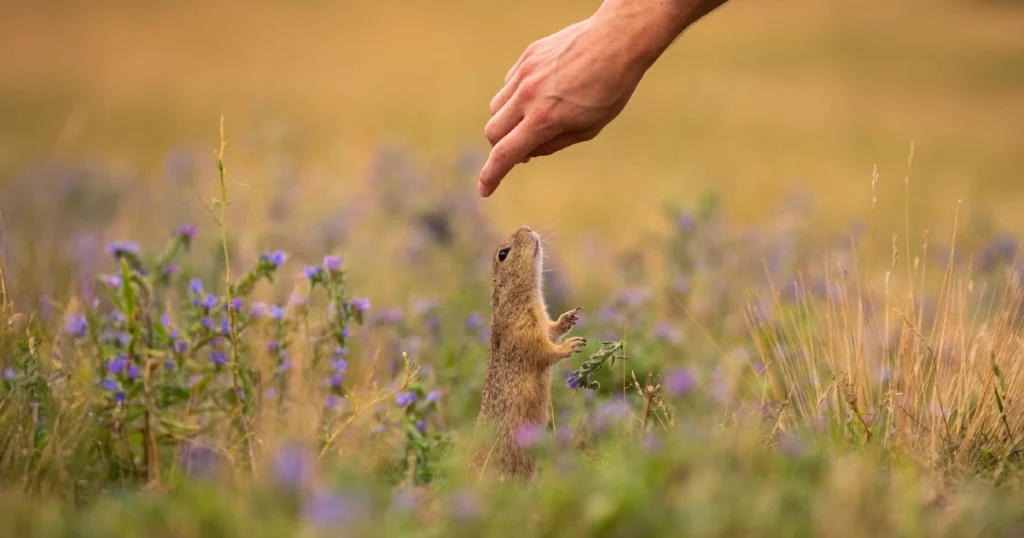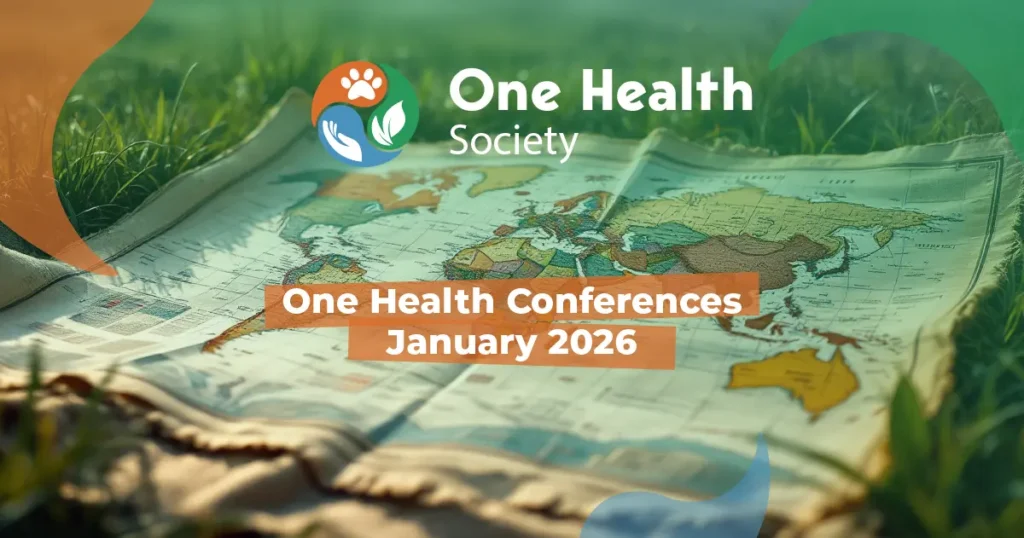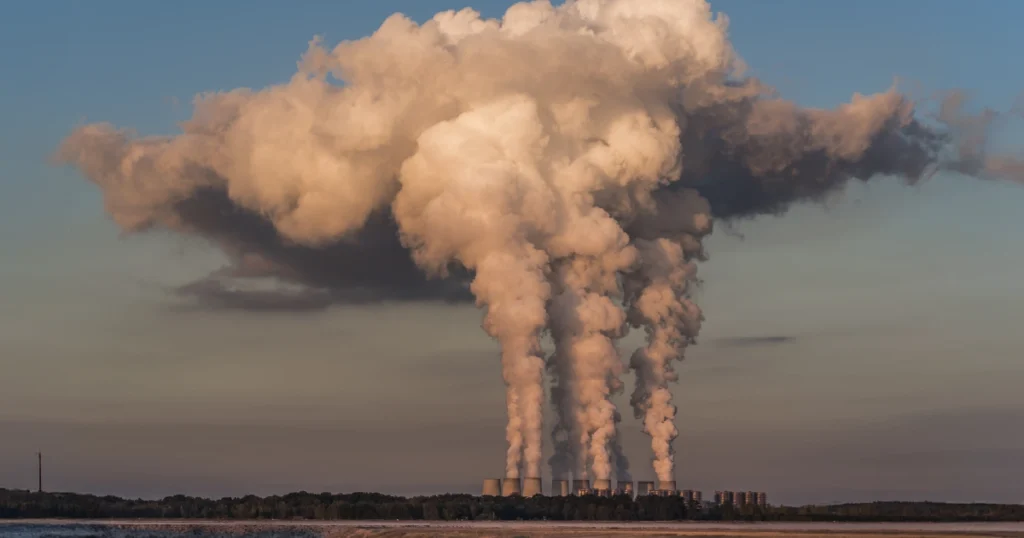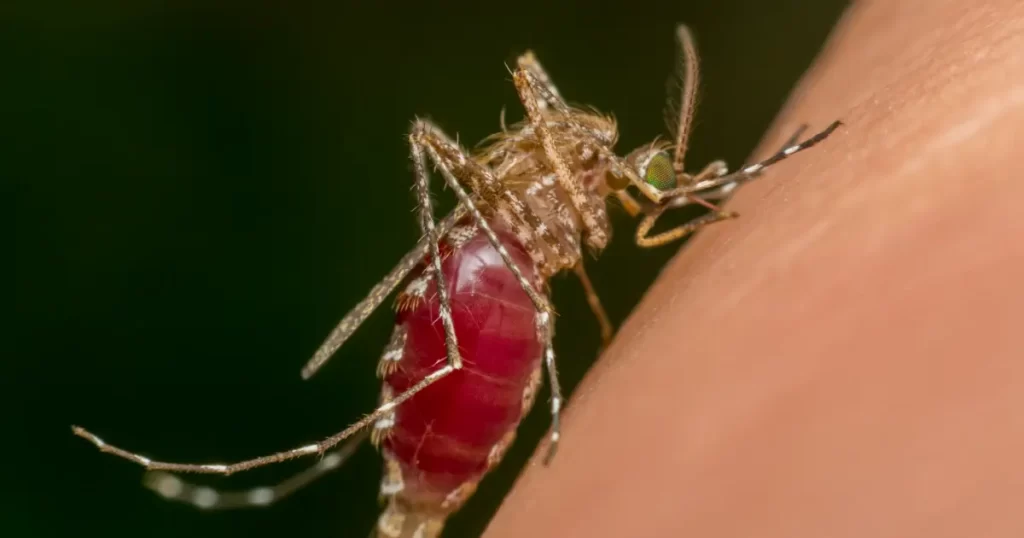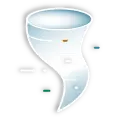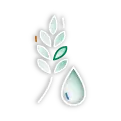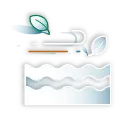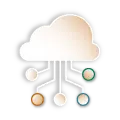Introduction
A farmer in drought-stricken Kenya watches his goats crowd a shrinking pond. A migrating herd in India trudges miles for tainted streams. Around the world, animal water access risks are silently threatening livestock, wildlife, and human health.
These challenges—from contamination to scarcity—lie at the heart of One Health. Understanding them is essential for building ecosystem resilience, preventing zoonotic disease, and safeguarding global livelihoods.
But how can we ensure that animals everywhere have access to clean, safe water—and why does that matter for us all?
Why Animals Struggle for Clean Water
Animals depend on safe water—but face mounting challenges:
- Water quantity shortages: Livestock consume nearly one-third of global freshwater withdrawals. In many regions, this demand is met by aquifers and rivers already stressed by human activity, leading to exhaustion, dehydration, and tension over limited supplies [1].
- Contaminated sources: Large-scale concentrated animal feeding operations (CAFOs) generate massive waste. Runoff from these sites floods water supplies with manure, antibiotics, heavy metals, and pathogens—exposing both animals and people to significant health risks [2].
- Pathogen transmission: Shared, polluted water bodies serve as hotbeds for zoonotic transmission. Fecal contamination from livestock and wildlife spreads bacteria such as E. coli, Salmonella, and Cryptosporidium. Moreover, antimicrobial-resistant microbes can emerge and persist in these water sources [2].
Animal Water Access Risks and One Health Implications
Animal water access risks rarely stay confined to the farm—they ripple outward:
- Zoonotic spillover: Contaminated water used by livestock becomes a pathway for disease transmission to humans. Infections spread through direct contact, consumption of animal products, or contaminated drinking water [3].
- Ecosystem imbalance: When animals compete for shrinking water resources, they damage fragile environments. Trampling riverbanks, degrading wetlands, and disturbing aquatic habitats all threaten biodiversity and contribute to long-term ecological instability [3].
- Food insecurity: Animals suffering from dehydration or toxic exposure produce less milk, meat, and labor. In turn, family incomes decline, food prices rise, and national food systems become more vulnerable [4].
Drivers Behind the Crisis
- Intensive livestock systems: Industrial farming concentrates thousands of animals in confined areas, producing vast volumes of manure and pharmaceutical residues that enter waterways. This runoff fosters pathogen growth and antimicrobial resistance hotspots [2].
- Climate change and hydrological stress: Rising temperatures, prolonged droughts, and increased water demand are making water less reliable. Climate models predict that arid and semi-arid regions—where many livestock systems operate—will face the most severe water scarcity [1, 3].
- Inadequate infrastructure: Many smallholder farms rely on unprotected ponds, hand-dug wells, or seasonal streams. Without investment in pumps, filters, fencing, or water storage, animals remain exposed to polluted and insufficient water sources [4].
Solutions Through a One Health Lens
A One Health approach helps address these overlapping threats by uniting efforts across sectors and species:
- Water point protection: Installing troughs, capping wells, and fencing livestock away from natural streams can prevent water contamination and reduce wildlife conflict [4].
- Farm biosecurity and WASH integration: Promoting handwashing, manure containment, and simple water filtration systems protects both animal and human health while limiting the spread of resistant pathogens [5].
- Watershed co-management: Coordinated planning between farmers, pastoralists, conservationists, and local governments ensures water is shared equitably and protected from overuse and pollution [3].
- Integrated surveillance systems: Monitoring water quality alongside animal and environmental health allows for early detection of disease outbreaks and faster, more effective interventions [5].
What You Can Do
Whether you’re a policymaker, a vet, or a concerned citizen, you can take action:
- Fund clean water infrastructure in livestock-heavy communities
- Advocate for sustainable farming practices that reduce pollution
- Support One Health policies that integrate animal water access into environmental health
- Raise awareness about the importance of water for animal and public health
- Encourage intersectoral collaboration at the local and national levels
Small-scale solutions—like shaded troughs, solar-powered pumps, or reforested riverbanks—can deliver lasting benefits for people, animals, and the planet.
Conclusion
Animal water access risks are a neglected yet essential pillar of One Health. Without safe, reliable water, livestock suffer, ecosystems collapse, and zoonotic disease risks soar.
But the solutions are clear—and proven. When we protect animal access to clean water, we also defend human health, food security, and biodiversity.
Because when animals have safe water, we all thrive. And when One Health starts at the watering hole, prevention becomes our most powerful tool.
References
- Hoekstra, A.Y. et al. (2023) ‘Water use in livestock agri-food systems and its contribution to local water scarcity: A spatially distributed global analysis’, Water, 16(12), p.1681. Available at: https://www.mdpi.com/2073-4441/16/12/1681
- West, B.M. et al. (2010) ‘Antibiotic resistance, gene transfer, and water quality patterns observed in waterways near CAFO farms’, Journal of Environmental Quality, 39(2), pp.606–615. Available at: https://prairierivers.org/wp-content/uploads/2010/04/West-et-al-2010-MI-CAFOs.pdf
- Gleeson, T. et al. (2012) ‘Water use by livestock: A global perspective for a regional issue?’, Animal Frontiers, 2(2), pp.9–15. Available at: https://academic.oup.com/af/article/2/2/9/4638620
- Stoutenborough, K. et al. (2022) ‘Treatment of dairy farm runoff in vegetated bioretention systems’, Water, 16(10), p.1347. Available at: https://www.mdpi.com/2073-4441/16/10/1347
- U.S. Geological Survey (2009) Freshwater withdrawals for livestock in the United States, 2005, Scientific Investigations Report 2009–5041. Available at: https://pubs.usgs.gov/sir/2009/5041/pdf/sir2009-5041.pdf


